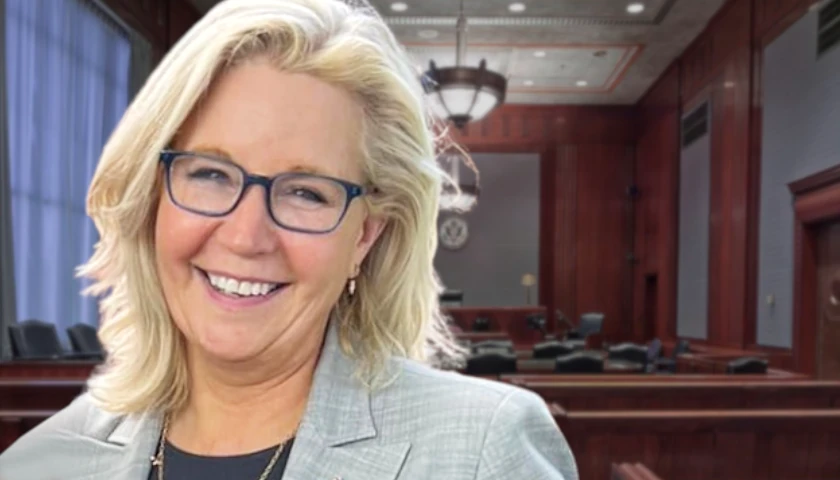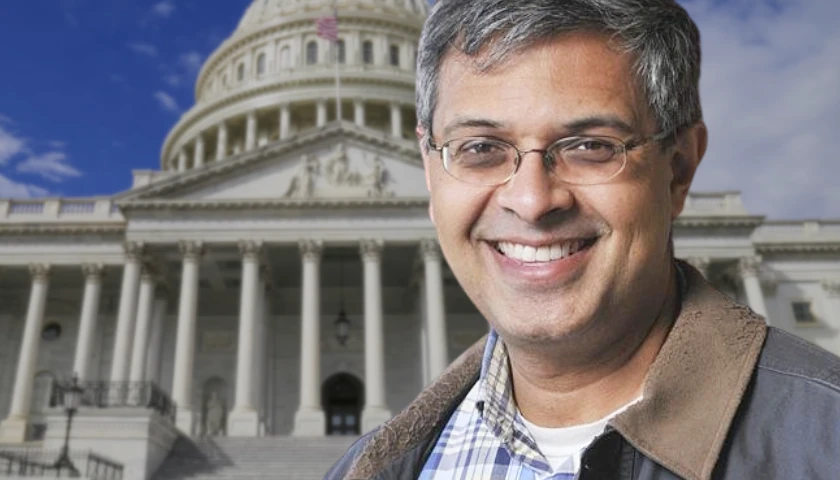by Adam Mill
Imagine for a moment that beneficiaries of affirmative action were randomly selected. Suppose instead of applying affirmative action by race, we randomly assigned every person a number between one and five. Colleges would reserve portions of enrollments so that people with a “one” would only compete against other ones for a reserved number of slots. Likewise, those with a “two” would compete against each other for slots reserved for twos. And so on.
The pattern stops at group five, which does not benefit from affirmative action. Group five can only compete for slots that are open to all five groups. Thus, for example, somebody from group one would be eligible to compete for a slot reserved for group one or an open slot for which those in group five must also compete. Each of the groups would be made up of people with a broad spectrum of talents and qualifications. Because the numbers were assigned randomly, the groups all have an identical distribution of talents.
Under such a system, paradoxically, the people in group five would enjoy a reputation as the most qualified and talented. Because everyone in group five must compete against an open playing field, only the best make it through. Conversely, the other four groups would soon develop a reputation for mediocrity.
One day, the university’s equity chancellor produces employment statistics of the alumni graduates. The numbers would show a shocking bias towards group five who consistently claim the best jobs with the highest salaries. The equity chancellor demands that the university cut the quota of slots for which group five is allowed to compete. Surprisingly, the group five students already enrolled in the university advocate the same policy, apologizing for their group’s privilege. Nobody speaks for the excluded members of group five. They’re simply not in the room when the conversation happens.
The university dutifully cuts its “open” quota by another eight percent while adding an additional two percent to the quotas for groups one through four.
But this just accelerates the effects. As the university filters out more and more members of group five with increasingly higher standards, the quality of the survivors continues to climb. The group five graduates continue to get richer and richer as elite employers seek out the increasingly more scarce group five graduates.
Now rich group five alumni donate to the university on the condition that it addresses group five’s privilege. When members of group five begin to assume positions of power within government and industry, they begin to implement hiring quotas similar to the university quotas. Similar to the university-based affirmative action, groups one-four now enjoy quotas in hiring but can also compete for the slots open to group five.
Members of group five find that they can no longer easily obtain government or corporate jobs as the open slots are not sufficiently numerous to absorb their numbers. So they begin setting up small businesses to offer their services as consultants. When group five businesses begin to dominate, leaders begin establishing quotas to help businesses owned by groups one-four. Some of the group five businesses descend into bankruptcy. But the surviving ones become even more highly sought after.
In spite of the best efforts to hire and promote people from groups one-four, senior leaders soon realize that the merit-based standards are causing their organizations to fire people disproportionately from the groups they’re trying to help. Group five employees, now scarcer than ever, nevertheless rise through the organization finding niches in critical jobs that cannot easily be accomplished by people lacking specialized skills and talents. As the company relaxes its standards to retain favored employees, it must increase compensation to attract the increasingly smaller pool of employees for jobs for which standards cannot be relaxed. Once again, group five alumni dominate the technical, highly-skilled jobs.
While a small portion of group five citizens continue to thrive within the overtly discriminatory environment, a much larger share of group five is left behind and cannot get into universities or find good jobs. Yet the elite decision-makers have little or no contact with the unsuccessful members of group five. All of the group five members they know earn the highest salaries in high demand fields.
Likewise, the successful members of group five also lose touch with the unsuccessful group five members. Their friends are now made up of other successful people from all five groups. Consequently, they see nothing but fairness in these equity programs. The more difficult the affirmative action makes it for their fellow group five citizens, the more successful the elite fives find themselves.
Recall, for purposes of this mental exercise, the groups discussed were formed randomly. Each group is made up of all races, genders, and religions. No history of oppression or privilege exists in any of these groups. The average intelligence among all five groups is essentially identical.
Yet we recognize the outcome. The group-conscious discrimination created and validated stereotypes of each group. While people comply with the hiring and admission quotas, they nevertheless assume that the candidates from the first four groups are just not as good as those from group five. When quality cannot be compromised, employers look for ways to circumvent quotas to hire and retain group five employees. The system meant to help the first four groups instead facilitated discrimination and resentment where none existed before. And the more leaders intervene to make the system easier for the other four groups to navigate, the more everyone assumes that the surviving members of group five must possess the best skills and talents.
Yet nobody seems willing to end the program and return to a system of pure meritocracy in spite of these terrible outcomes. Complainers from the unsuccessful members of group five are treated as unfeeling bigots. Members of group five who did succeed feel tinges of guilt for besting their counterparts from groups one-four. They believe expanding affirmative action to be a necessary step to bring about equality between the groups.
A few may point to the obvious inefficiency and immorality of the system. But the program becomes personal and political for its beneficiaries. Why isn’t it succeeding in causing employers to seek out and hire more people from groups one-four? The politically acceptable answer is always the same, the program hasn’t gone far enough to end bias against groups one-four. And so it spreads into every corner of society.
We can step outside of the experiment and recognize that the members of each group are functionally identical. The different outcomes are simply the perverse effect of misguided discriminatory policies. The number assigned to a participant should have no bearing on what type of job that person should be eligible to pursue.
In a system without affirmative action, there would be no reason to admit students or hire employees based upon these randomly assigned numbers. It’s a completely arbitrary and superficial basis to be making any of these decisions. One might say, it’s as superficial as skin color.
– – –
Adam Mill is a pen name. He is an adjunct fellow of the Center for American Greatness and works in Kansas City, Missouri as an attorney specializing in labor and employment and public administration law. He graduated from the University of Kansas and has been admitted to practice in Kansas and Missouri. Mill has contributed to The Federalist, American Greatness, and The Daily Caller.
Photo “College Students” by Stanley Morales.





